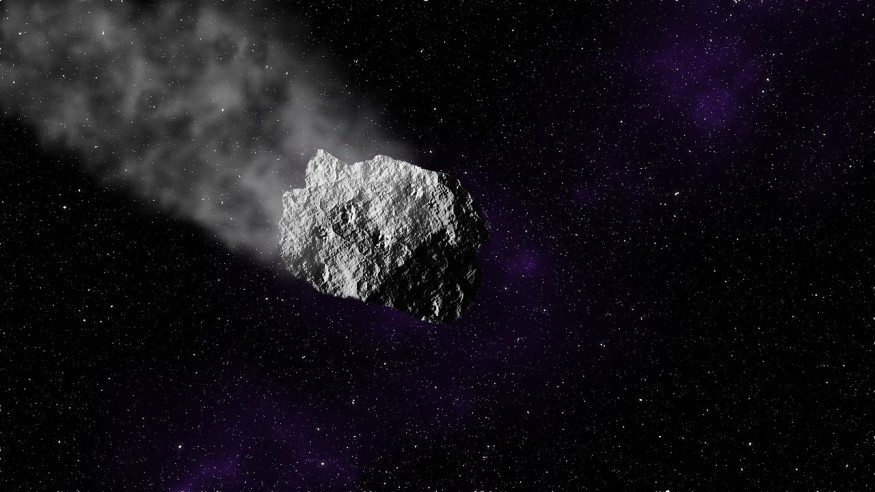
Space enthusiasts can look forward to a pleasant surprise this holiday season. According to IFL Science, the ESA or European Space Agency shared that a mysterious asteroid, whose shape does not exceed that of the Statue of Liberty, can be spotted this December on its approach to earth.
ALSO READ : NASA to Launch Psyche Mission to Explore the 'Golden Asteroid' Worth $10,000 Quadrillion
Christmas Asteroid
This particular asteroid has been dubbed as 2015 RN35, the Christmas asteroid. The rock is around 460 feet long and is already on its way to earth.
IFL Science notes that the rock will be most proximate to earth by December 15. According to News AU, this asteroid is assumed to flow by at around 686,000 km starting from December 15 up until the 17th. Such distance is only equivalent to less than two whole lunar distances.
Those from the Southern hemisphere may catch an amazing view of the asteroid by the 15th. Residents of Europe, on the other hand, may catch sight of it up until the 19th.
Very minimal information is documented about the Christmas asteroid. IFL Science notes that all the information that astronomers currently have pertains to the asteroid's size. These specialists have yet to understand its composition and orbit.
News AU notes how ESA has asked Australian observatories that have telescopes that are at least 30 cm to assist in spotting the asteroid as it flies by earth.
ESA's Toolkit To Spot the Asteroid
The European Space Agency offers a toolkit to help newbies catch a glimpse of the asteroid. The kit was built by the NEOCC or Near-Earth Object Coordination Centre.
According to information system manager Juan-Luis Cano, they use such tools each day to plot out their observation plans and to visualize the close nearing of asteroids. Other than that, the tools also assist them in understanding and explaining the different populations of asteroids across the system and knowing more about the risks faced.
Cano further shares their design for these tools to also be useful to others in the same way that they have been helpful to the specialists. This is because the pursuit of planetary defense is a worldwive endeavor.
Thanks to the NEO or new-earth object toolkit, even beginner-level astronomers can visualize the orbit of the asteroid as well as its flyby on the 15th. The toolkit can help in pointing out its visibility across different points in earth, knowing about the Apollo asteroid group that it is from, and planning out observations from wherever in the world.
More specifically, the NEO toolkit comprises sky chart display, observation planning, flyby visualization, and orbit visualization tools. All of these are helpful in performing the said activities.
The toolkit can be freely accessed by both amateurs and professionals.
Check out more news and information on Space in Science Times.
© 2026 ScienceTimes.com All rights reserved. Do not reproduce without permission. The window to the world of Science Times.












